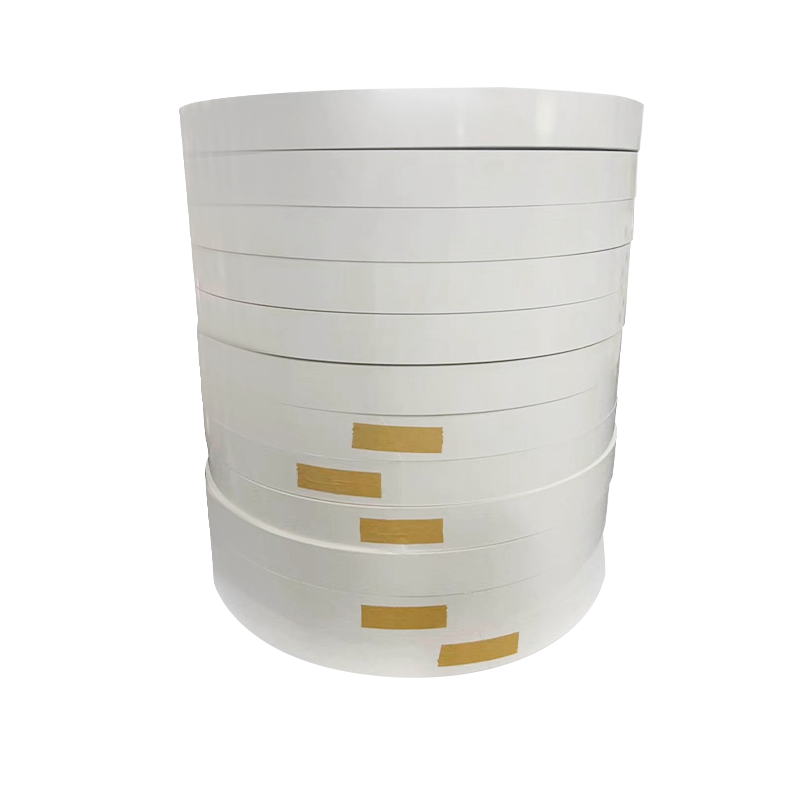In a world increasingly driven by environmental consciousness, industries are pivoting toward materials that align with sustainable values without compromising functionality. Among the most promising innovations in eco-friendly packaging is PLA coated paper — a biodegradable alternative that merges performance with ecological responsibility.
Polylactic Acid (PLA) is a biopolymer derived from renewable resources such as corn starch or sugarcane. When applied as a coating to paper substrates, it imparts the necessary barrier properties typically achieved with petroleum-based films. This makes PLA-coated paper an ideal candidate for food service, retail, and product packaging applications where moisture and grease resistance are critical.
Unlike traditional plastic linings, PLA coatings are compostable under industrial conditions, breaking down into lactic acid — a non-toxic compound that reintegrates into the natural cycle. This feature positions PLA as a formidable contender in reducing landfill waste and curbing the carbon footprint associated with single-use packaging.
From a functional perspective, PLA coated paper maintains structural integrity while offering heat-sealability, clarity, and printability. These characteristics make it not only operationally viable but also aesthetically adaptable across branding initiatives. Whether used in disposable cups, food containers, or pouches, the material delivers a clean, premium look that resonates with discerning consumers.

Moreover, the production of PLA involves significantly lower greenhouse gas emissions compared to conventional plastics. By leveraging fermentation and polymerization processes from plant-based feedstocks, manufacturers can reduce dependency on fossil fuels and contribute to a circular economy model.
Despite its many advantages, PLA coated paper does come with certain limitations. It requires specific composting environments to degrade effectively, which may not be universally accessible. Additionally, its moisture vapor transmission rate can be higher than that of synthetic polymers, necessitating careful evaluation based on end-use requirements.
Nonetheless, advancements in bio-based polymer technology continue to refine these attributes, making PLA an increasingly robust option across diverse sectors. Forward-thinking brands are already integrating this material into their sustainability strategies, recognizing its potential to align with both regulatory expectations and consumer demand for greener alternatives.
PLA coated paper represents a strategic evolution in packaging innovation — one that reconciles commercial viability with planetary stewardship. As markets shift toward more responsible consumption patterns, this biodegradable solution stands out as a testament to what is possible when science, sustainability, and design converge. For businesses aiming to future-proof their operations, adopting PLA coated paper is not merely a choice — it's a compelling imperative.


 English
English 中文简体
中文简体 عربى
عربى









